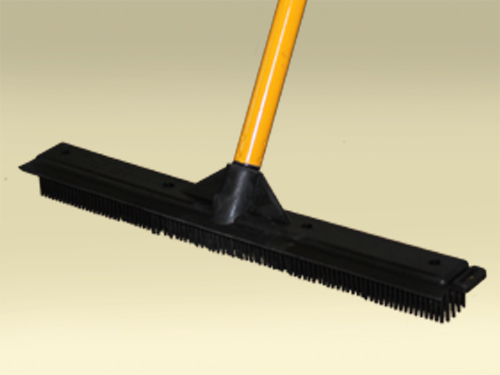

But this upright Kenmore has all the extras to keep pet hair where it belongs: inside the vacuum. Pet hair is an annoyance for most pet owners, but if you or someone in your family happens to be allergic to pet hair, it can also be a serious health issue. For pet hair testing, we spread down standardized rayon fibers to simulate the fur pets shed. Our custom-built vacuum testing machine also allows us to objectively measure how much embedded dirt each vacuum pulls from carpet, all using the same standardized method. We apply standardized types and amounts of soil on a range of flooring types, from hardwood to deep pile carpet to vinyl, to find the best vacuums to get the job done. We put our vacuums through rigorous testing that follows industry-standard test methods from the ASTM, the organization that develops the protocols vacuum cleaner manufacturers and other testing labs also use. In the Good Housekeeping Institute Home Care & Cleaning Lab, we test all kinds of vacuums, including the best stick vacuums, handheld vacuums, canister vacuums, robot vacuums and more.

But a vacuum designed specifically for picking up pet hair can make easy work of the task, thanks to useful features like rubber trim and raised "fingers" that help break static bonds and lift fur from every surface in your home. It's the static bond that makes it seem like no amount of brushing with a lint roller, sticky tape or passes with a pet hair removal gadget will be enough to remove all traces of pet hair. That's because, in part, static electricity makes dog and cat hair cling tightly to fabrics like carpeting, upholstery, draperies and more. Removing pet hair is one of the toughest challenges vacuum cleaners face. We carefully reviewed this story in April 2023 to ensure all products tested and vetted by the Good Housekeeping Institute were available and accurately priced.


 0 kommentar(er)
0 kommentar(er)
